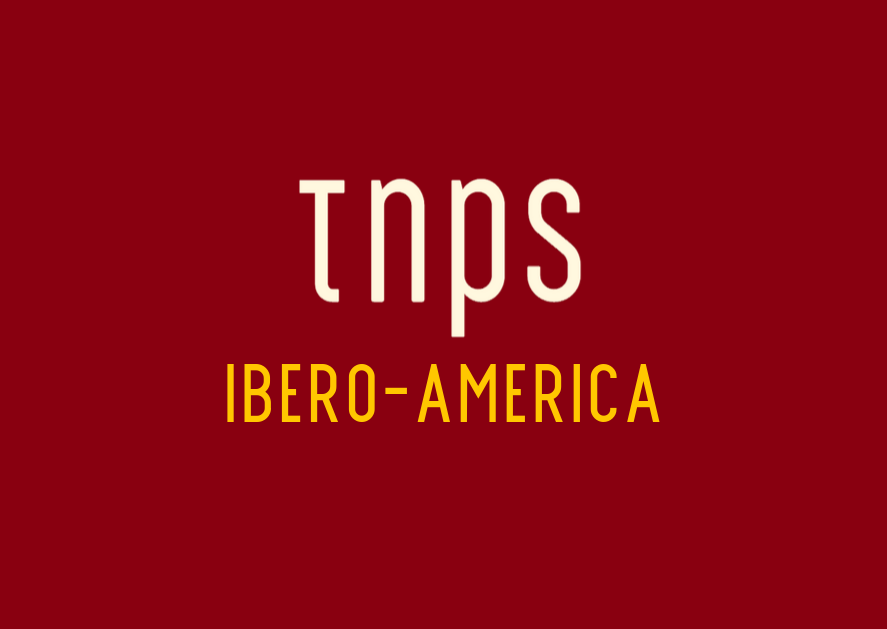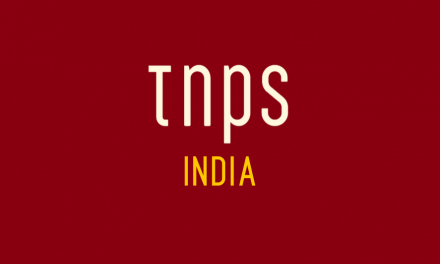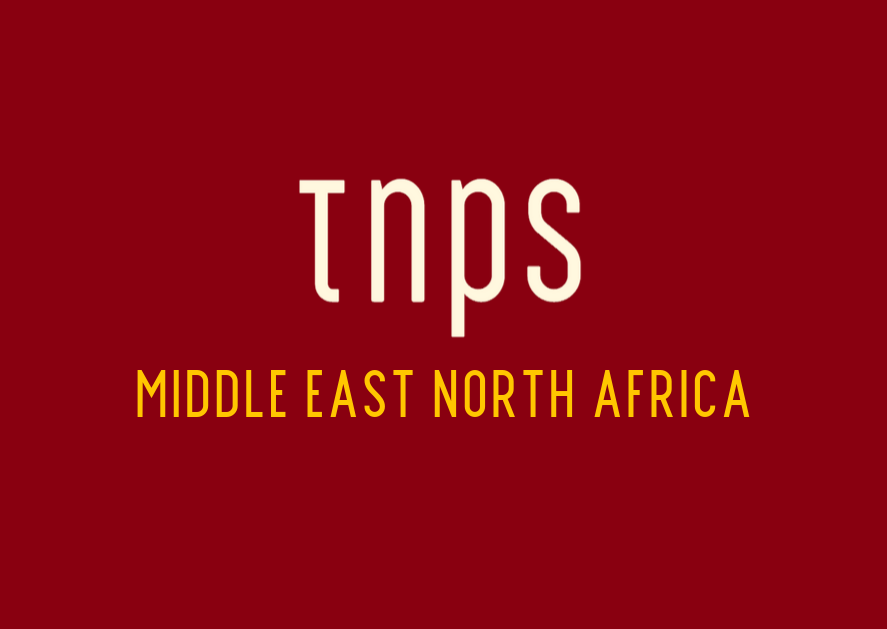The announcement this past week that the Lima International Book Fair would not be going ahead in July was just one more reminder of how global the pandemic is, and that no country’s publishing industry is exempt from its toll.
The Peruvian Book Chamber explained in a press release:
Due to (the pandemic) and in strict compliance with government regulations, the 25th Lima International Book Fair may not be held in the manner accustomed. We made this difficult decision understanding the complicated scenario and the fragility of the cultural book industry, as well as the negative impact it will have for the cultural dissemination and promotion of reading in Peru.
Plans are underway to adapt the fair to an online version, to ensure some continuity and a lifeline for the industry to connect with consumers, a scenario being repeated across Latin America and around the globe.
Adding to the PublishNewsES report, Publishing Perspectives (USA) quotes the Peruvian Book Chamber’s Willie del Pozo as saying,
Instead of constructing a physical space we will have to build a digital one. Each publisher or bookstore will have their own space within that platform. Visitors will be able to see which books are presented. This opens up the spectrum, to not only think about our habitual visitors, but the fact that we will have readers from across the region that were not used to coming to Lima for this event.
The Lima cancellation follows the cancellations of first Colombia’s Bogotá International Book Fair,
and then The Buenos Aries International Book Fair in Argentina.
Argentina’s fair, known by its Spanish-language initials as FILBA, has been one of the many other LatAm events culled by the coronavirus. But in a novel approach around 650 videos from past FILBA events have been posted on FILBA’s Youtube channel.
PublishNewsES reports that,
Among the many videos are readings by Eduardo Galeano in 2012, the joint presentation by Paul Auster and John M. Coetzee in 2014, the reading marathon dedicated to William Shakespeare in 2016, Magalí Tajes’s interview with Elvira Sastre in 2018, the interview with Quino with which the fair opened in 2014 and Rita Segato’s speech for the same purpose in 2019.
For adolescent readers, there are more than 50 videos, such as the James Dashner talk that in 2014 marked the beginning of the “teenage invasion” that the fair had from then on, as well as excerpts from the different editions of the International Booktubers Meeting.
Publishing Perspectives also offers us more detail on what Colombia’s cancelled Bogotá International Book Fair will be offering, quoting a statement from FILBO director Sandra Pulido Urrea:
Our way of life, which has suddenly been so drastically modified, needs common spaces that invite us to reflect, think, question, imagine and, above all, to understand the world we live in, and the book fair will be able to enter all our homes.
Tatiana Rudd, Bogotá’s project director, added,
In the face of the current global situation, the fair’s role needs to be more alive than ever, and luckily we have the digital facilities to connect with each other and generate new conversations to remind us that the world is full of love, hope and a future.
At which point let’s take a step back from the events themselves and look at the bigger picture emerging.
Because while all these events have a well-established presence on social media already that drives traffic to the events and sustains interest in the events as they happen, what we are seeing now is an entirely new level of engagement that can potentially reward regional publishing in ways the impressive physical events cannot.
The Buenos Aries International Book Fair, for example, has for many years now been attracting a crowd of 1.2 million visitors. The only reason it is not more is that the venue is full to capacity.
Peru’s Lima event last year was expecting around 600,000 visitors, and anticipated sales worth US $6 million.
For publishers the challenge of getting the attention of so many readers, and selling so many books, when the real-life event cannot go ahead, is a daunting one, and likely this year all parties will suffer because there has been so short a time to prepare.
But there is light at the end of this dark tunnel.
Taking reach first, as the Peruvian Book Chamber’s Willie del Pozo said (above), the online fair,
opens up the spectrum, to not only think about our habitual visitors, but the fact that we will have readers from across the region that were not used to coming to Lima for this event.
Perhaps del Pozo needs to think bigger still. Because as these events shift more weight online so the international appeal will grow exponentially.
The immediate and obvious audience not just beyond Lima’s borders but beyond Peru’s borders is the wider Spanish-language market.
Globally there are around 450 million native Spanish speakers and another 75 million Spanish as second language speakers.
Few outside Peru might normally take much interest in Peruvian literature, for the simple reason neither the content not information about the content is easily accessible.
But a Peruvian-focussed global online book fair can change that dynamic pretty much overnight.
And while trying to match the $6 million of physical books sold at an event like Lima will prove challenging online, that’s really a matter of publishers shifting their digital efforts from a sideline to print to being on par with print, and exploring the full potential of online print sales, ebooks, digital audio and other online literature possibilities.
Repeat for every country across Latin America and around the world.
Covid-19 is not a print extinction event, of course, but it should be the wake-up call global publishing needs to take a fresh and more serious look at digital.





